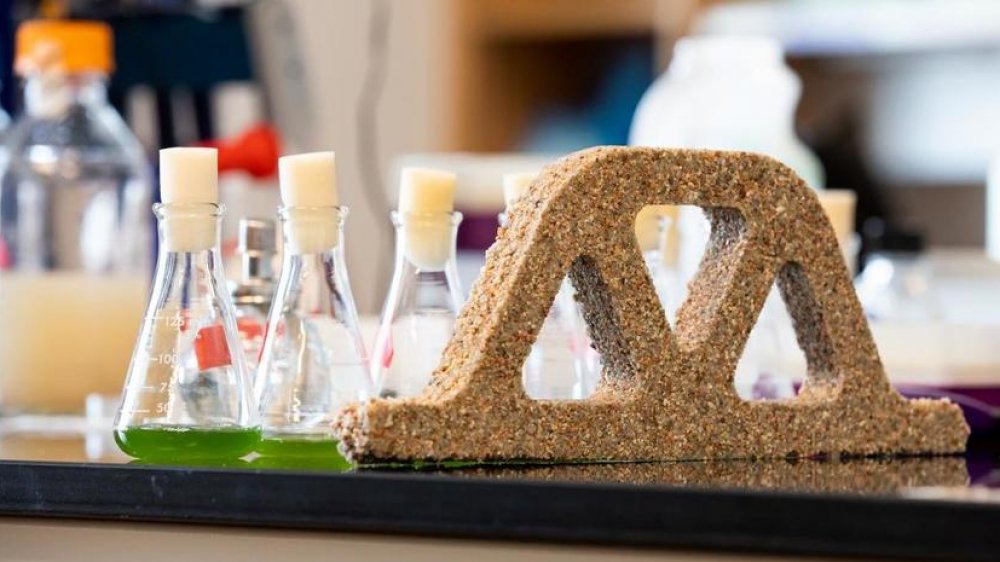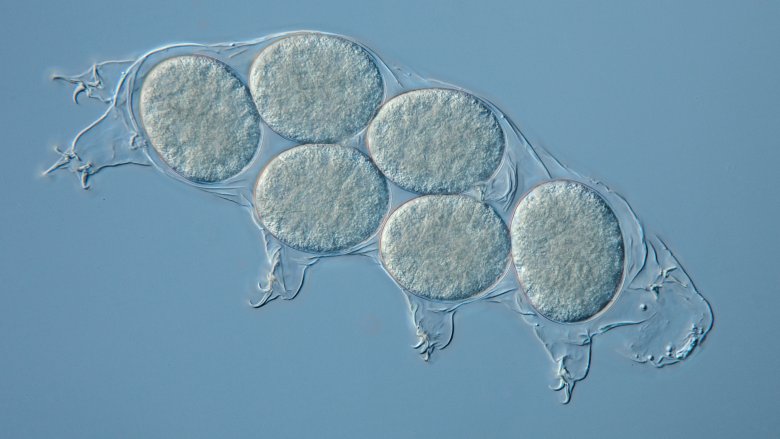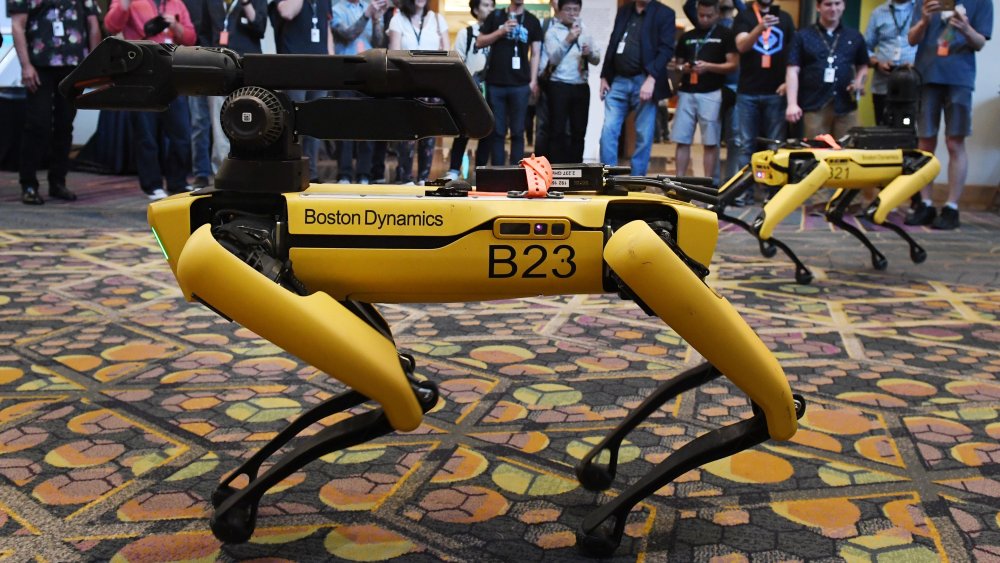
The Truth About The First ‘Living Robots’
It’s alive! Kinda? Back in January, scientists created the first xenobots — living robots derived from the stem cells in a frog’s heart spliced with the stem cells in its skin. Scientists describe these xenobots as “prism-like”, and even though they don’t reproduce or feed themselves, they do exhibit many of the important behaviors we associate with life. So what do you do after you create life ex nihilo? Put it to work, of course.
For now, the xenobots are obeying the commands issued by the research team at Harvard’s Wyss Institute. They’ve programmed these miraculous nanomachines to move independently and interact with each other according to an algorithm. Douglas J. Blackiston, the study’s co-author, describes the actions performed by the xenobots, “We can make them swim, or crawl, and walk, using articulated muscle tissue. They can collect and aggregate particles.” And kill all humans.
Miraculous scientific advance or first stage of the machine uprising?
Fortunately, it sounds like we’re pretty far off from a machine uprising of amphibian cyborgs acting pursuant to a murderous primary directive. “Living robots” may be a catchy tagline, but Sam Kriegman, another co-author of the study out of the University of Vermont, argues that the branding buries the lede to some extent. Even though the xenobots are built from frog tissue, by many objective biological measures they can hardly be considered alive. The real advance on display here is the supercomputer that makes it all happen.
Kriegman argues: “Xenobots are 100% biological tissue, but the advance is that they are designed by a computer. It turns out that it is very difficult to design an organism from scratch. So we tell the computer what we want the organism to do, and the computer [using an ‘evolutionary algorithm’] performs a trial and error process, creating and simulating millions of virtual creatures.”
Supercomputer: the real story
So in case you weren’t worried enough about the frog cyborg army lying in wait in Cambridge, now they’re telling us the computers are already running the whole show. The researchers simply told a supercomputer what they wanted the xenobots to accomplish, and the supercomputer invented the xenobots. Like, all on its own.
Researchers argue the potential for pro-social applications vastly outweighs the risks, which admittedly are a bit science fictional at the moment. “We can already see the rudiments of useful work,” Kriegman explained. “Swarms of xenobots tend to work together to push pellets in their dish into neat piles. We can imagine future xenobots doing the same thing with microplastics in the ocean: aggregating tiny bits of plastic into a large ball of plastic that a traditional drone can gather and bring to a recycling center.” So instead of taking over the planet, these living robots may actually save it.

Super Rich People Who Are Still Missing To This Day

The Truth About The Biggest Tsunami Ever Recorded

The Tragic Murder Of Stanford Student Arlis Perry

The Unusual Truth Of The Veiled Prophet Ball

What Was The Mad Gasser Of Mattoon? We Explain

Here's Why Exploding Rats Were Invented During WWII

Researchers Created Self-Replicating Concrete From Bacteria And Sand

The Weirdest Things Spotted On Google Earth

What Are Water Bears, And Where Do They Live?

Bizarre Things That Only Exist In Mexico
























